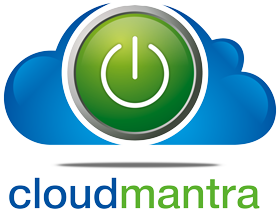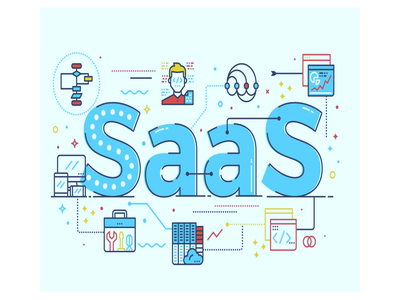A few days ago our core team at cloudmantra was deliberating that if we were to compare the SaaS model with other industries, which industry can it be compared most closely with. After a few days of research and given our background with system integrators we all came to a conclusion that SaaS providers compare a great deal with Telcos especially the wireless carriers, here’s why:
High Availability :
Just like you would expect to have your mobile connectivity or phone line available all the time, SaaS customers expect that the software has zero downtime and thus allow them to use the service uninterrupted. This has major implications on the software design, architecture right to the cloud infrastructure provider that the SaaS company uses.
Customer Support:
SaaS needs customer care. SaaS providers need customer management infrastructure. This isn’t just call centers, but also the breadth of related “customer experience” management tasks—24×7 customer support, order management, usage reporting, trouble management, fault management, dashboards. These are competencies that took Telcos decades to get right. OK, there’s definitely room for improvement.
Metrics:
Some of the metrics that were traditionally associated with telecoms are now giving SaaS CEOs sleepless nights. Terms such as Churn, Average Revenue Per User ( ARPU) , Life time Value ( LTV), Cost of acquiring customer (CAC) have their roots from the telecom world and are now part of mainstream SaaS model.
Billing:
Just like Telcos, SaaS providers need billing and perhaps operations support systems. SaaS business model assumes repeat, service-based revenue. SaaS today is priced on a granular basis—number of seats, transaction volume, resource consumption, features used. Telco’s already have this vast experience. SaaS companies can learn a great deal in areas such as billing for a broad range of services, business models and credit models.
Bundling:
SaaS model aligns very well with a Telco’s bundle strategy. Telecom carriers upsell/cross-sell many services as possible, as service/product bundles (VAS) leads to lower churn and drive ARPU. SaaS aligns spectacularly with such bundling strategy, because software is sticky. Once users get used to with a software, have their data loaded and make it part of their day to day life, they don’t switch. It is simply gets quite painful.

